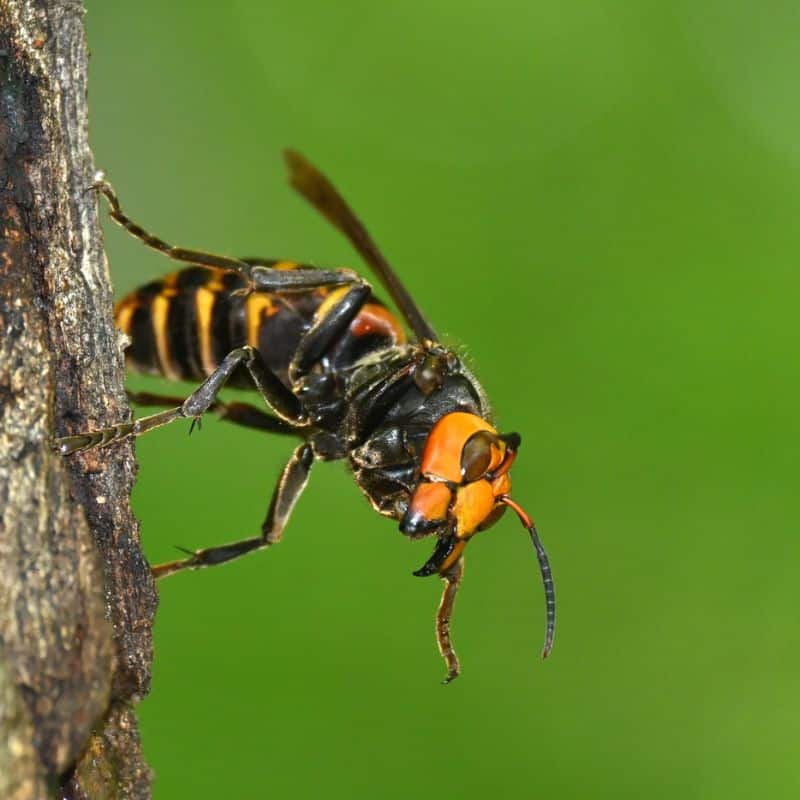Learn effective European hornet nest removal techniques and safety tips. Discover when to call professionals and how to prevent infestations.
Understanding the Differences Between Hornets, Wasps, and Bees for Safe Removal
When it comes to stinging insects, it’s crucial to know the differences between hornets, wasps, and bees. While all three play important roles in our ecosystem, they can also pose potential threats to our homes and safety. As a trusted provider of professional pest extermination and control services, Waltham Pest Control aims to educate homeowners and business owners on the characteristics and behavior of these insects for safe removal. In this blog post, we will delve into the distinctions between hornets, wasps, and bees, enabling you to make informed decisions and take appropriate actions when encountering them.
- Hornets: Hornets are large, aggressive insects that belong to the genus Vespa. They are usually black or brown with distinct yellow or white markings. Common hornet species include the European hornet and the bald-faced hornet. Hornets typically build their nests in trees, shrubs, or high on buildings, constructing paper-like nests using chewed wood pulp.
- Wasps: Wasps are slender, predatory insects that can be distinguished by their narrow waist and bright colors. Unlike bees, most wasp species are not covered in fine hair. They come in various types, such as yellow jackets, paper wasps, and mud daubers. Wasps construct nests out of paper or mud, often in sheltered areas such as eaves, attics, or wall voids.
- Bees: Bees are typically smaller and more robust than wasps, with a dense covering of hair on their bodies. They play a vital role in pollination and honey production. Honeybees are the most common type of bee encountered by homeowners. Bees construct intricate, hexagonal wax combs inside hives or hollow spaces, such as tree cavities or wall voids.
Safety Measures for Removal: When it comes to dealing with hornets, wasps, or bees, it’s essential to prioritize safety. Here are some general guidelines for their removal:
- Identification: Accurate identification of the species is crucial before attempting any removal. While some hornets and wasps can be aggressive when provoked, others are more docile and less likely to sting unless threatened. Bees are generally less aggressive but can become defensive if their hive is disturbed.
- Protective Clothing: When dealing with stinging insects, always wear protective clothing, including a beekeeper’s veil or a head net, gloves, long sleeves, and pants. This gear minimizes the risk of stings and protects against potential allergic reactions.
- Seek Professional Assistance: If you have a large nest or if you’re unsure about the species and potential risks involved, it’s best to contact a professional pest control service like Waltham Pest Control. They have the expertise, equipment, and experience to safely remove nests and relocate bees when necessary.
- Avoid Disturbing Nests: It’s important to avoid disturbing hornet, wasp, or bee nests without the proper knowledge and equipment. Disturbing a nest can trigger defensive behavior, leading to a higher risk of stings. Nests located near human activity areas should be dealt with promptly to minimize the chances of accidental encounters.
- Environmentally Friendly Solutions: Whenever possible, opt for environmentally friendly methods of removal. Many pest control companies, including Waltham Pest Control, prioritize eco-friendly approaches that ensure the well-being of these insects and minimize harm to the environment.
Understanding the differences between hornets, wasps, and bees is crucial for safe removal and effective pest control. By knowing their characteristics and behavior, homeowners and business owners can make informed decisions when encountering these stinging insects. While some removal tasks can be handled independently with caution, it’s always wise to seek professional assistance for large nests or uncertain situations. With over 40 years of experience in pest extermination and control, Waltham Pest Control is committed to providing safe and effective solutions to protect your property and ensure the well-being of both humans and beneficial insects.
Latest Posts
Newton, MA Termite Control: What You Need to Know
Discover expert termite pest control in Newton, MA. Learn about termite behavior, signs of infestation, and effective treatment options.
Need Pest Control Fast? Same Day Service Explained
Get quick, reliable same day service pest control in Waltham. Protect your home from pests today with fast response and expert care.


